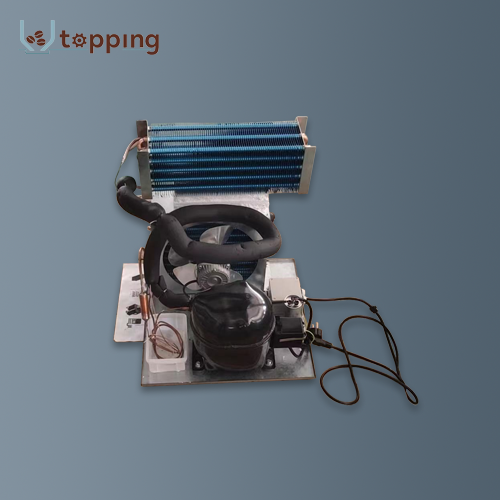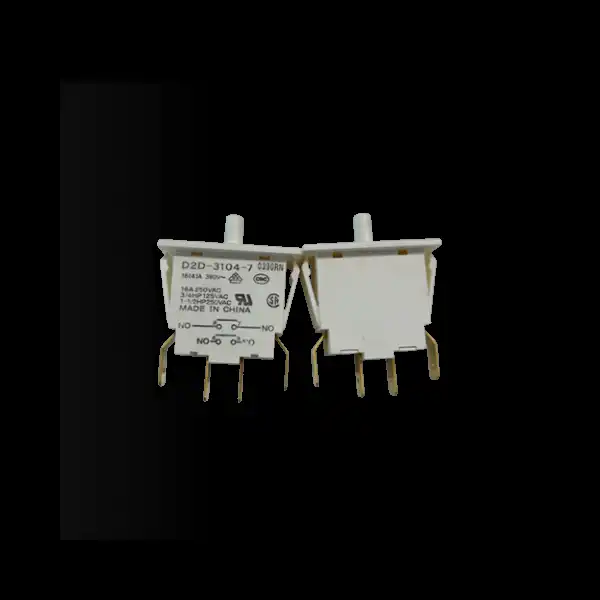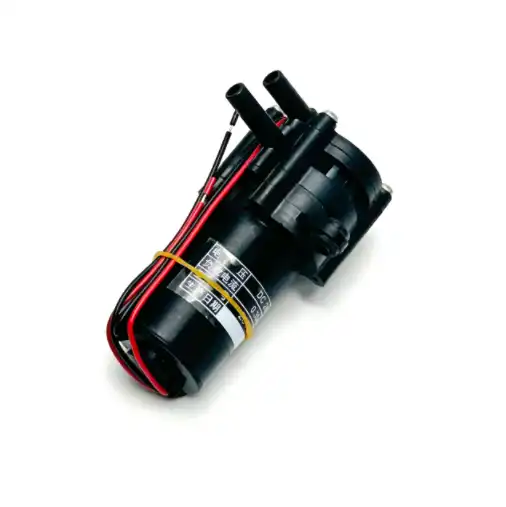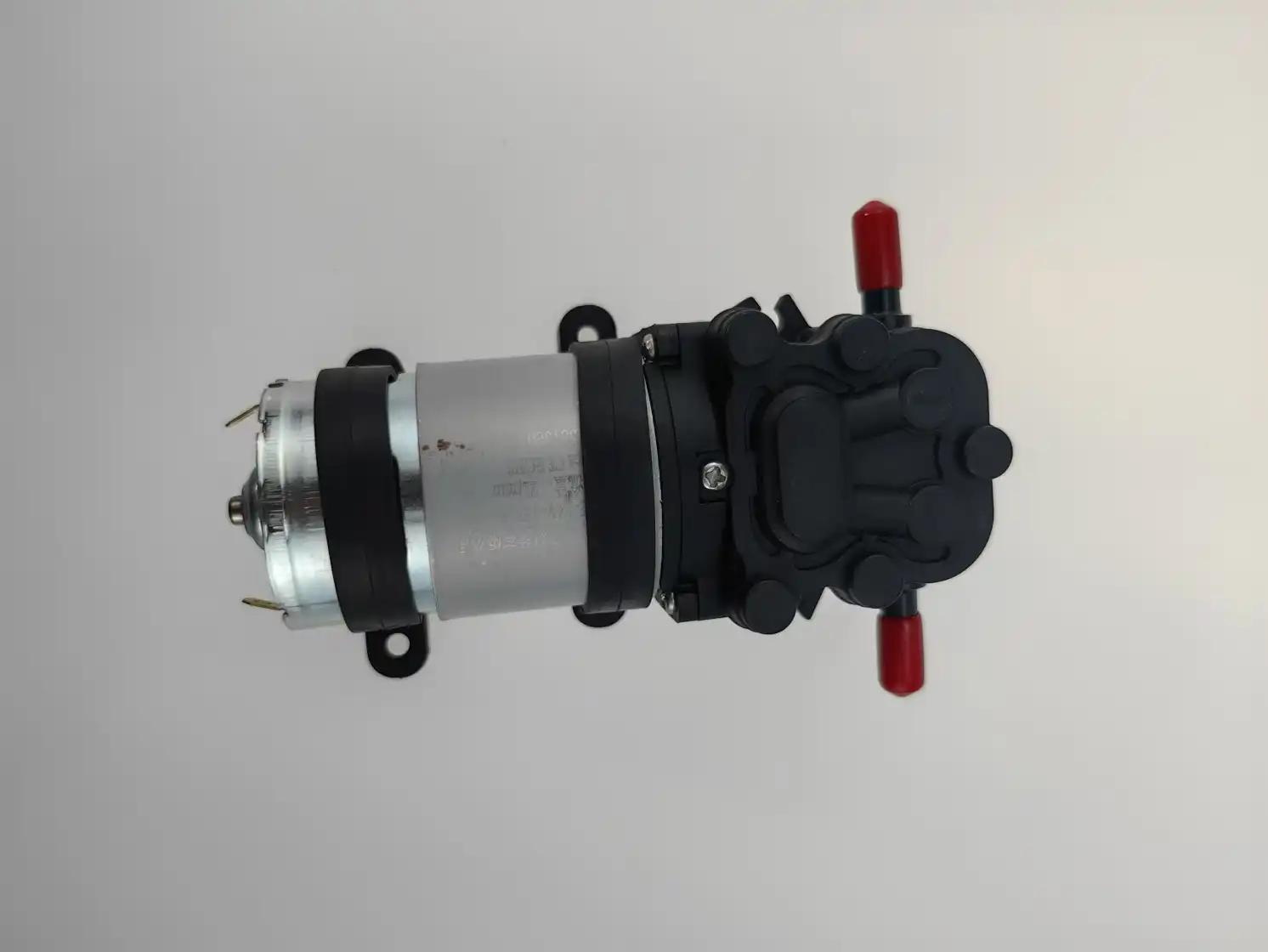How Does a Vending Machine Cup Dispenser Work?
2024-07-09 16:15:11
Introduction
Vending machines have become an essential part of our daily lives, providing convenience and quick access to a variety of beverages and snacks. One of the crucial components of a vending machine is the cup dispenser, which ensures that a cup is available for the drink you select. But how does a vending machine cup dispenser work? In this blog, we will delve into the mechanics and functionality of cup dispensers by addressing three key questions: How do vending machines dispense cups? What are the common problems with cup dispensers? How do sensors and technology improve cup dispensing?
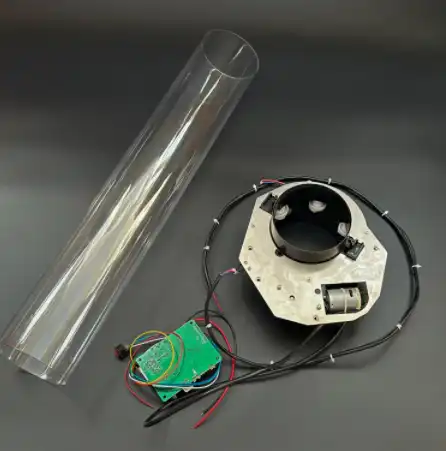
How Do Vending Machines Dispense Cups?The Basic Mechanism
The fundamental process of cup dispensing involves a combination of mechanical and sometimes electronic systems to release a single cup from a stack when a beverage is selected.
Stacked Cups: Cups are usually stacked vertically within a cylindrical holder inside the vending machine. This holder is designed to keep the cups aligned and ready for dispensing.
Spring Mechanism: A common method involves a spring-loaded mechanism that pushes the stack of cups upward. This mechanism ensures that the cups are always in the correct position for dispensing.
Dispensing Mechanism: When a drink is selected, a mechanical arm or a set of prongs engages with the bottom-most cup. The arm or prongs separate this cup from the stack and release it into the cup holder or directly into the beverage dispensing area.
Step-by-Step Process
Drink Selection: The user selects a beverage from the vending machine interface.
Signal to Dispenser: The machine sends an electronic signal to the vending machine cup dispenser mechanism, indicating that a cup needs to be dispensed.
Engaging the Mechanism: The mechanical arm or prongs move into position to engage the bottom cup.
Cup Release: The mechanism carefully separates the bottom cup from the stack and releases it into the designated area.
Drink Dispensing: Once the cup is in place, the machine proceeds to dispense the selected beverage into the cup.
Types of Cup Dispensers
Gravity-Feed Dispensers: These use gravity to help dispense the cups. The stack of cups is held vertically, and gravity aids in the separation and release of the bottom cup.
Spring-Loaded Dispensers: These rely on a spring mechanism to push the stack of cups upward, ensuring that the cups are always in the correct position for dispensing.
Vacuum-Assisted Dispensers: In some advanced models, a vacuum mechanism helps to grip and release the bottom cup from the stack.
What Are the Common Problems with Cup Dispensers?
Jamming Issues
One of the most common problems with vending machine cup dispenser is jamming, where cups get stuck and fail to dispense properly.
Misaligned Cups: If the cups in the stack are not perfectly aligned, they can get stuck or jam the dispensing mechanism. Regular maintenance and proper loading of cups can help prevent this issue.
Overfilled Holder: Overfilling the cup holder can cause excessive pressure on the cups, leading to jamming. Ensuring the correct number of cups in the holder is crucial.
Damaged Cups: Cups that are damaged or deformed can cause jamming. Using high-quality, uniform cups helps reduce the likelihood of this problem.
Inconsistent Dispensing
Inconsistent dispensing can result in multiple cups being dispensed at once or no cup being dispensed at all.
Worn Mechanism: Over time, the mechanical parts of the dispenser can wear out, leading to inconsistent performance. Regular maintenance and timely replacement of worn parts are essential.
Sensor Malfunctions: Sensors that detect the presence of a cup can malfunction, causing dispensing errors. Ensuring that sensors are clean and functioning correctly helps maintain consistency.
Sensor and Calibration Issues
Modern cup dispensers often rely on sensors to detect and release cups. Issues with these sensors can lead to dispensing problems.
Dirty Sensors: Dust and debris can accumulate on sensors, causing them to malfunction. Regular cleaning of sensors is necessary to ensure proper operation.
Calibration Errors: Sensors need to be correctly calibrated to detect and release cups accurately. Incorrect calibration can lead to dispensing errors.
How Do Sensors and Technology Improve Cup Dispensing?
Advanced Sensor Technology
Modern vending machines use a variety of sensors to enhance the accuracy and reliability of cup dispensing.
Infrared Sensors: Infrared sensors detect the presence and position of cups, ensuring that only one cup is dispensed at a time. These sensors can detect any misalignment or jamming and send a signal to rectify the issue.
Ultrasonic Sensors: Ultrasonic sensors measure the distance between the dispenser and the top of the cup stack. This helps in adjusting the dispensing mechanism to ensure accurate release.
Smart Dispensing Mechanisms
Technology advancements have led to the development of smart dispensing mechanisms that improve the reliability and efficiency of cup dispensing.
Automated Adjustments: Some machines are equipped with automated adjustment features that align and position the cups correctly before dispensing. This reduces the risk of jamming and ensures smooth operation.
Real-Time Monitoring: Advanced vending machines use real-time monitoring systems to track the status of the vending machine cup dispenser. Any issues such as low cup levels or jams are immediately detected and addressed.
Integration with Vending Machine Systems
Integration of the cup dispenser with the overall vending machine system enhances the user experience and ensures seamless operation.
User Interface Integration: The user interface of the vending machine can display messages regarding the status of the cup dispenser, such as low cup warnings or jam alerts. This keeps users informed and reduces frustration.
Maintenance Alerts: The vending machine can send maintenance alerts to operators when issues with the cup dispenser are detected. This allows for timely intervention and reduces downtime.
Enhancing User Experience
The incorporation of sensors and advanced technology in cup dispensers significantly enhances the overall user experience.
Reliability: Users can rely on the vending machine to dispense a cup every time, without issues. This reliability builds trust and encourages repeat use.
Convenience: The seamless operation of the cup dispenser ensures that users can quickly and easily obtain their selected beverage, enhancing convenience.
Safety: Advanced sensors and mechanisms reduce the risk of jams and spills, ensuring a safe and clean dispensing process.
Conclusion
The design and functionality of vending machine cup dispenser are crucial for ensuring a reliable and convenient user experience. From the choice of materials and design features to the integration of advanced sensors and technology, every aspect of the cup dispenser plays a role in maintaining the quality and efficiency of the vending machine. By understanding the mechanics, common issues, and technological advancements, we can appreciate the importance of well-designed cup dispensers in delivering a satisfying beverage experience.
References
1.Vending Market Watch. (2023). Understanding the Mechanics of Vending Machines. Retrieved from Vending Market Watch.
2.Vending Connection. (2022). Common Vending Machine Problems and Solutions. Retrieved from Vending Connection.
3.The Balance Small Business. (2020). How to Maintain Your Vending Machine. Retrieved from The Balance Small Business.
4.Machine Design. (2021). The Role of Sensors in Modern Vending Machines. Retrieved from Machine Design.
5.Automatic Merchandiser. (2019). Advances in Vending Machine Technology. Retrieved from Automatic Merchandiser.
Send Inquiry
Related Industry Knowledge
- How to clean coffee bean hopper
- What Role Does Boiler Material Play in Coffee Taste?
- How Can You Identify the Right Spare Parts for Your Coffee Vending Machine?
- What Is a Single Boiler Coffee Machine?
- What Factors Influence Coffee Quality Through Ingredient Canisters?
- How Long Does Coffee Last in Hopper?
- What Is Hopper Coffee?
- Why is Vending Coffee Machine Water Tank made of Food-grade plastic?
- Why it is important to store coffee making ingredients appropriately?
- How Often Should You Refill Coffee Vending Machine Canisters?

.webp)
.webp)

